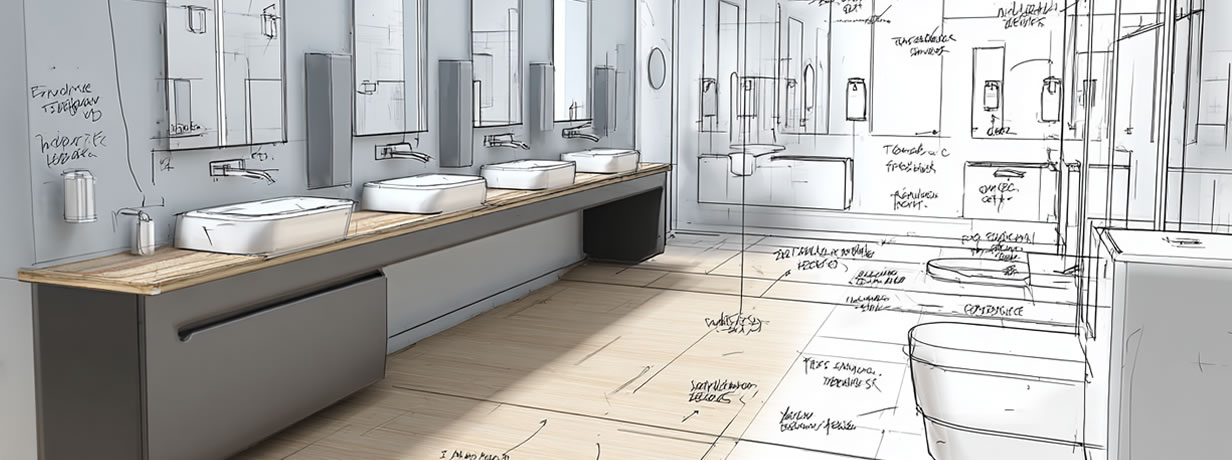FAQs

Inclusive design is good design. This marks a significant turning point for washrooms in the commercial space, which until recent years, have largely fallen into a pretty standardised format. ...
Read the articleCheckout using your account
Checkout as a new customer
Creating an account has many benefits:

Inclusive design is good design. This marks a significant turning point for washrooms in the commercial space, which until recent years, have largely fallen into a pretty standardised format. ...
Read the article